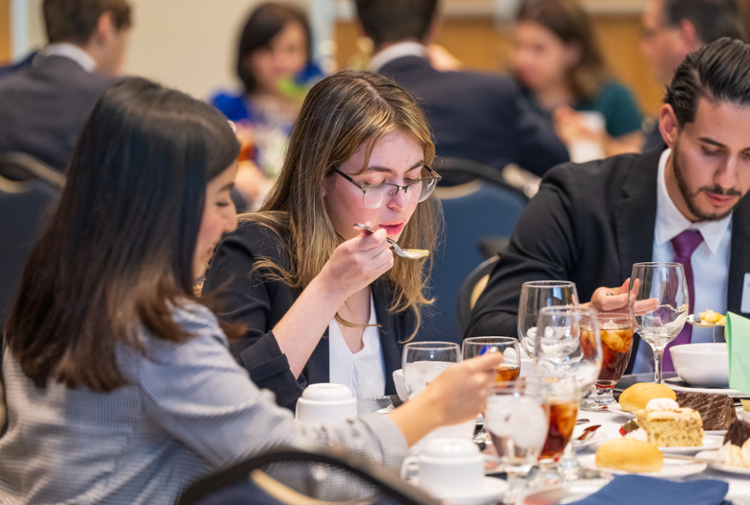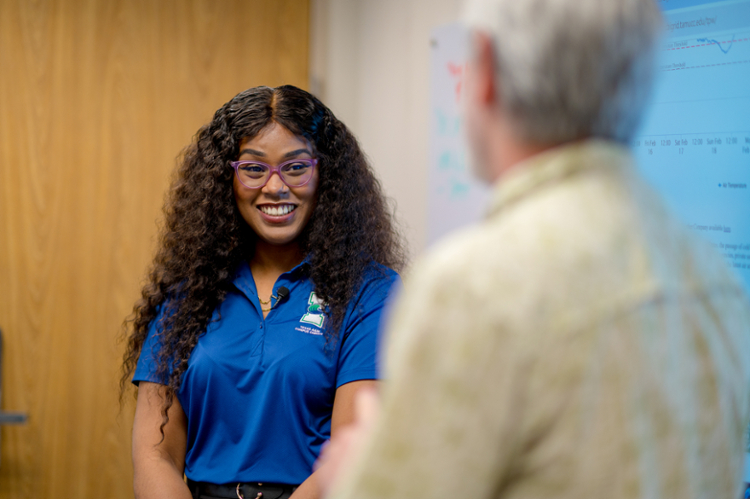Communication Class Collaborates with Metropolitan State University of Denver to Prepare Mock Crisis Plan
CORPUS CHRISTI, Texas – A crisis communication course at Texas A&M University-Corpus Christi paired with a similar course at Metropolitan State University of Denver (MSU Denver) to collaborate on a comprehensive mock crisis communications plan (CCP) for Children’s Hospital Colorado Foundation. This partnership paved the way for students from both institutions to engage in customized learning experiences while applying research focused on real-world impact according to course leaders.
“When I attend professional and academic conferences, the main thing I hear about graduates is an inability to apply skills to the workplace,” said Dr. Michelle Maresh-Fuehrer, associate professor of public relations at Texas A&M-Corpus Christi. “A project like this offers invaluable experience and bridges the gap between academics and practice.”
CCPs aid companies in taking a proactive stance against potential crises but also help them navigate post-crisis communication situations. The interstate collaboration between the Island University and MSU Denver took place over fall 2018 and incorporated the real-world challenges of remote communication, the complexity of working in a diverse team, and the reality of producing a vital document for a major organization. Maresh-Fuehrer and her class of 40 students partnered with Michelle Baum, assistant professor of public relations at MSU Denver, and her class of 11 students.
Maresh-Fuehrer has integrated this semesterlong project into her curriculum since fall 2012 to benefit organizations and maximize student success by translating skills into practice. Over the years, the plans have been utilized and updated regularly by the businesses while students reserve the right to claim the experience and plan as part of their professional and collegiate resume.
“I really enjoy the collaboration. It is amazing working with people from another state, different cultural backgrounds, and varying levels of experience,” said Valencia Bush, communication studies major at A&M-Corpus Christi. “We all bring something different to the table, but we are learning and growing as a group. The experience will serve me well in the future, professionally and personally.”
Through this innovative learning style, students participated in various aspects of developing the crisis plan development: Organizational History, Risk Assessment, Strategic Communication Action Plan, and Evaluation Plan. Each section was assigned to a team comprised of students from both campuses; Bush contributed to the public reputation section focusing on image management for the foundation. She added that the course helped strengthen her professional speaking skills and telecommunication abilities. The classes connected regularly throughout the semester via video conferencing to chat about course material, document feedback, and hosted team meetings outside of class time. In addition to meeting with classmates, students connected with their client, mimicking the reality of remote communication, a channel widely used within the professional realm.
“Collaboration only gets easier with practice. So, group work at the college level is essential in realizing strengths and weaknesses in interpersonal communication and in fostering decision-making and leadership skills,” said Baum. “Students who hold a degree with limited, relevant course experience or real-world exposure may find it more difficult to compete in a highly competitive market such as the communication industry.”
To conclude the project, student team leaders gave an oral presentation of highlights of the resulting 343-page mock CCP via web conference to the client, Michele Murray, director of Marketing Communications for Children’s Hospital Colorado Foundation.
Murray said the CCP provided a great deal of food for thought. Looking ahead, she plans to share the mock crisis plan with the Foundation’s Marketing Communications team as well as the Foundation’s Leadership Cabinet to initiate dialogue about potential challenges the organization could face.
“We were really pleased with the work and surprised by the amount of time, dedication, and research the students conducted,” Murray said. “Having 51 people explore potential issue scenarios has been a unique gift of time and effort to our organization.”


















